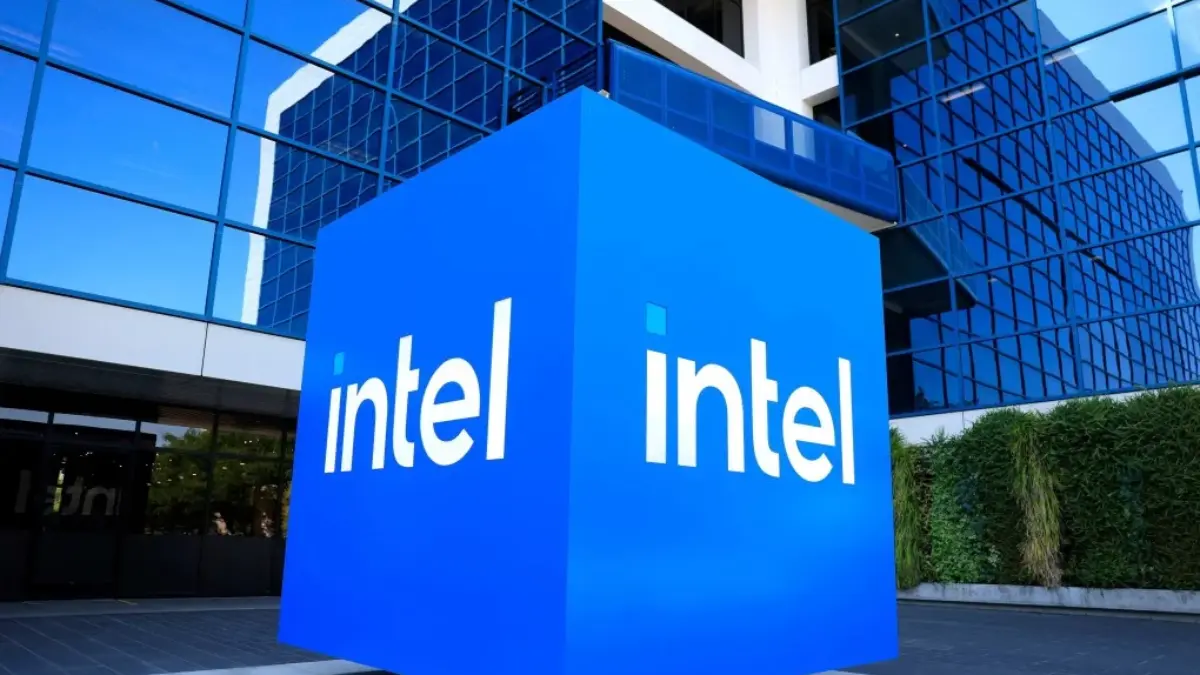The Trump administration Intel investment is being explored using CHIPS Act funds to strengthen domestic chip manufacturing and reinforce U.S. tech independence.
Trump Administration Intel Investment Considered to Strengthen Semiconductor Industry

In a surprising development for the tech and investment sectors, the Trump administration’s Intel investment is reportedly under consideration. This potential initiative, possibly leveraging funds from the CHIPS Act, represents a strategic effort to strengthen the U.S. semiconductor industry and bolster domestic chip manufacturing capabilities.
Background: The CHIPS Act and U.S. Semiconductor Strategy
The CHIPS and Science Act, passed in 2022, was designed to revitalize U.S. semiconductor production and reduce reliance on overseas suppliers. The law provides billions in grants, subsidies, and incentives to companies like Intel, AMD, and Nvidia to encourage domestic chip fabrication.
Intel, a U.S.-headquartered semiconductor giant, is central to this initiative. Its Ohio manufacturing facility, once envisioned as one of the world’s largest chip plants, has faced delays and cost overruns, prompting renewed federal interest in supporting the company directly through the Trump administration Intel investment.
Details of the Proposed Investment
According to multiple sources, the Trump administration Intel investment discussions have already begun with Intel executives. Key points include:
- Strategic Goal: Strengthen U.S. semiconductor production and ensure domestic chip supply chains remain robust.
- Potential Funding Source: CHIPS Act allocations, designed to support domestic manufacturing.
- Market Reaction: Intel shares surged roughly 7.4%, closing at $23.86, reflecting investor optimism about government backing.
- Executive Meetings: Recent meetings between President Trump and Intel CEO Lip‑Bu Tan signaled growing collaboration, a shift from prior critical commentary toward proactive engagement.
While discussions are ongoing, no official deal has been confirmed, and White House sources emphasize that the Trump administration Intel investment remains speculative.
Why This Move Matters
National Security Implications
Semiconductors are critical for military, technology, and communications infrastructure. By potentially taking a stake in Intel, the Trump administration Intel investment would ensure direct influence over production priorities and safeguard supply chains from geopolitical disruption.
Economic and Market Impact
Investor confidence responded positively. A government-backed initiative like the Trump administration Intel investment could:
- Stabilize Intel’s finances amid delayed projects
- Enhance investor sentiment in the U.S. tech sector
- Signal strong federal support for domestic high-tech industries
Market analysts have noted that this could set a precedent for government intervention in strategic industries, potentially influencing other technology firms.
Intel’s Strategic Position
Intel remains the largest U.S.-headquartered manufacturer of high-end chips, giving it a pivotal role in national technology infrastructure. The Ohio plant, once delayed and over budget, could receive additional federal support, accelerating production of cutting-edge semiconductors essential for artificial intelligence, 5G, and advanced computing. This aligns closely with the Trump administration Intel investment strategy.
Industry and Political Reactions
- Tech Analysts: Many welcome the move, viewing it as a necessary measure to compete with China and other global chip manufacturers.
- Investors: Stock market response has been largely positive, with Intel shares rising over 7% immediately following reports of the Trump administration Intel investment.
- Lawmakers: Bipartisan attention has emerged, with some lawmakers supporting increased semiconductor investment, while others caution about excessive government interference in private corporations.
Potential Challenges
While the investment could provide Intel with much-needed resources, there are risks:
- Political Scrutiny: Critics argue government ownership stakes could lead to conflicts of interest or political influence over corporate decision-making.
- Market Concerns: Direct government involvement may unsettle certain investors who favor a purely private-sector approach.
- Implementation Complexity: Legal and regulatory hurdles could delay any formal equity acquisition, requiring congressional review and compliance with federal investment guidelines.
These challenges highlight the delicate balance that any Trump administration Intel investment must maintain.
Future Outlook
If executed, the Trump administration Intel investment could signal a new era of public-private collaboration in strategic industries. Intel could leverage this support to accelerate production, research, and global competitiveness, positioning the U.S. as a stronger player in semiconductor technology.
Meanwhile, analysts will monitor:
- How this influences global chip supply chains
- The impact on Intel’s financial health and stock valuation
- Potential replication in other strategic sectors such as AI, renewable energy, or aerospace
Summary Table: Key Facts
| Aspect | Details |
|---|---|
| What’s happening | Trump administration exploring a stake in Intel |
| Funding Source | CHIPS Act funds (proposed) |
| Strategic Goal | Strengthen U.S. semiconductor production and domestic supply chain |
| Market Reaction | Intel stock rose ~7.4%, closing at $23.86 |
| Intel CEO | Lip-Bu Tan |
| Status | Discussions ongoing; no official deal confirmed |
| Risks | Political scrutiny, market reaction, legal/regulatory hurdles |
FAQs
1. What is the CHIPS Act?
The CHIPS and Science Act provides billions in funding to incentivize domestic semiconductor manufacturing and research in the U.S.
2. Why is the government considering a stake in Intel?
To ensure domestic production of critical chips, strengthen national security, and support delayed Intel projects like the Ohio facility, through the Trump administration Intel investment.
3. Has the deal been finalized?
No. Discussions are ongoing, and officials stress the plan is still speculative.
4. How did Intel’s stock respond?
Intel shares jumped roughly 7.4%, reflecting positive market sentiment about the Trump administration Intel investment.
5. What are potential risks of a government investment?
Critics cite concerns about political influence, conflicts of interest, and investor uncertainty.
Conclusion
The Trump administration Intel investment represents a significant development for U.S. technology and national security. By potentially leveraging CHIPS Act funds, the government aims to reinvigorate domestic semiconductor manufacturing and reduce dependence on foreign supply chains.
While the plan is still in its early stages, the market reaction and public interest highlight the critical importance of semiconductors in today’s economy and defense strategy.
If finalized, the Trump administration Intel investment could reshape U.S. tech policy and investment strategy for years to come.

